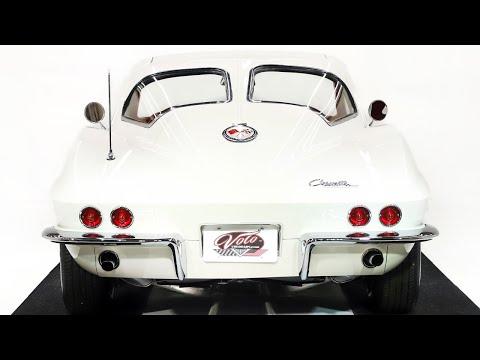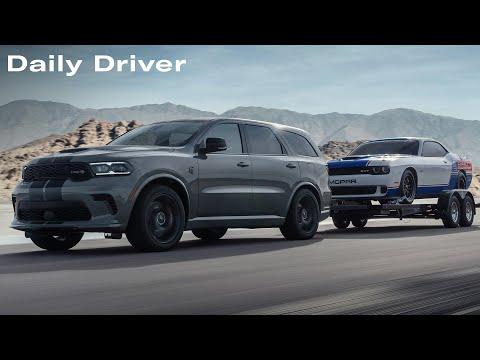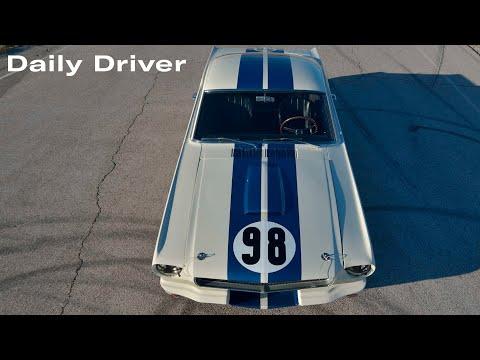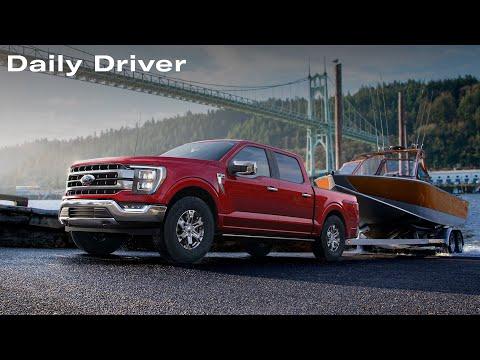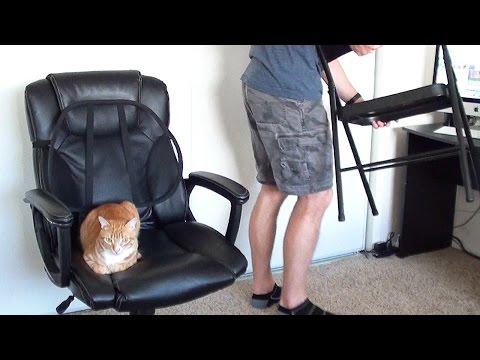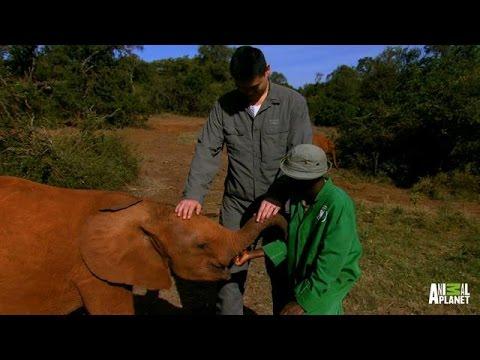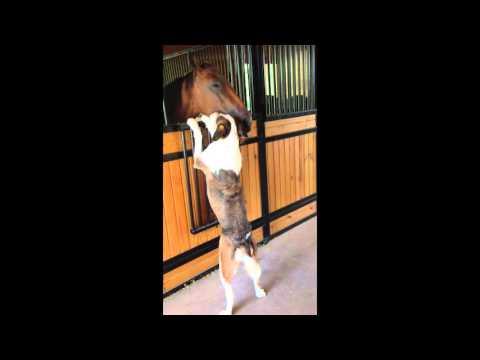Description
GM lands a big Army contract for its ISV troop carrier, a rare Ford GT Roadster heads to auction and may be worth $10 million, and Dodge teases its 2021 lineup. Host Tiffany Stone
Video Script::
on today's show at GM troop carrier and ultra rare Ford GT and dodge teases us with 9,000 horsepower plus we're talking a journalist earl swift about the history of the interstate I'm Tiffany stone and this is haggerty's daily driver let's buckle up first up General Motors has been awarded a contract to build an army troop transport it's going to be based off of the Colorado zr2 architecture now their vehicle is going to be called the IFV or infantry squad vehicle although it looks like a halo warthog 90% of the parts are off-the-shelf the 2.8 liter turbo diesel is the same engine you'll get in a normal Zr - but it gets a much needed power bump GM also fitted the ISB with multi Maddox incredible spool valve dampers which are used on everything from baja racers to f1 cars there are several skids and armor plates as well as AEV wheels wrapped in BF Goodrich tires that 214 million dollar contract will buy the army guess 649 is BS or about 330,000 per truck now for me I'd rather have about 20 Lucifer's all beefed up everything great suspension heading out to Johnson Valley for king of the hammers because that's what I think that vehicle will be able to do now moving on speaking of open air transport a 1965 Ford GT roadster prototype will be heading to the auction block this July and is expected to sell for wait for it wait for it 7 to 10 million dollars now I know what I would do with 7 to 10 million dollars I love ragdolls and there's nothing better than a box of kittens a hundred rag dolls come in my way not going to cost 7 million dollars but worth 10 million in my heart now how rare is it we'll let's start with the facts there were only 105 Ford GTS built between 1964 and 1969 now only five of them were roadsters but we're not done yet of those five only two stayed the wrecking yard and this is the only one that has competed at the 24 Hours of LeMans this car chassis GT / 109 also has some extra special modifications over the other prototypes this includes the side mounted oil coolers vents in the rear and a high rear spoiler the power is going to come from a 289 cubic inch engine and with no roof the future owner will definitely get to be able to hear every bit of it and lastly dodge use a bit of engine noise to tease the release of its new 2021 lineup the video titled let freedom ring mixes the sounds of their 2021 lineup with a rock and rock version of the star-spangled banner [Applause] [Music] a big kudos to dodge whenever you can combine two of my favorite things music and badass machines that's success for me now when these images do arrive we'll be able to see the updates to the Challenger Charger Durango journey and of course the Grand Caravan now at the end of this video I noticed a graphic that simply said eight thousand nine hundred and fifty horsepower to me I'm assuming that's the power number of all the cars combined though it's dodged so that could just be a Hellcat Grand Caravan in the works now dodge will unveil the new lineup later this week coming up it's the anniversary of something we have all probably used the interstate highway system but how did it come to be well we have journalists RL Swift who literally wrote the book on the highway system to explain it all but first yesterday was the 64th anniversary of America's highway system so it's pretty exciting to have Earl Swift here your book is called the big roads the untold story of the engineers visionaries and trailblazers who created the Americans super highways or what is the story that we don't know well every time you go into the grocery store Tiffany and you find that you can buy asparagus no matter what what month it is that's kind of a little clue to the importance of the interstate right there when when you can buy a flat screen television in Bozeman Montana for the same price that you can in Passaic New Jersey that's you know what it did was it it found the country in a way that it had not been knitted together before and it gave us an economy in which Goods could move quickly safely and pretty much without friction to every corner of the lower 48 and it's contrary to what you what you hear there was not much of a defense component to it it was never intended to move tanks and troops around the country it was it was a commercial and safety issue more than anything social and commercial why do you think a lot of people feel that way or have thought that it was used to move tanks you know prior to world war ii prior to all of the other things out there and what is the misconception about this well to uh to ease its way through Congress the Bureau of Public Roads was smart enough to suggest that its name be the national system of interstate and defense highways and and the defense component wasn't so much moving tanks and troops around because if you'll notice the system's requirements for overpasses were never Kyah nuff to enable you know big army machinery to move around on the highways it was it was more a a consideration of how do we move how do we evacuate cities in case there's a man-made or natural disaster and and so really that's the kind of defense it was was more intended to to address and you know over the years there have been all sorts of myths that have sprung up along those lines like the myth that every five every fifth mile is a straightaway so that military planes can land then take off and that's that's not true it was true of the autobahns there were several sections of the german highway system that was designed that way but the autobahns were a military road system I mean nobody nobody in Germany drove when they they built that fed network it was pretty pretty clearly designed to move to move the German army around that's so crazy and I love that you're able here - not necessarily debunk all these myths but to tell us the truth really about where the US has come from where we've grown in and what you're talking about the commercials and the goods and being able to provide this with all the American citizens what exactly did the road system look like before this act well it's a it's been an evolution from the beginning you know if you uh if you look at where the interstates are they almost always shadow pre-existing numbered US highway that system came in in 1926 the numbered US highway system and it shadowed a network of pretty primitive interstate roads called the Otto trails which many of which were privately financed actually they were all privately financed but publicly maintained the Otto trails were built largely on roads that shadowed where old Turnpike's and plank roads had been built in the 19th century and before those tended to be in places where the first wagon trails in a given region were which happened to follow Indian hunting trails which happened to follow game trails so when you get down to it our entire highway system is based on engineering by Buffalo and elk and and that goes for the biggest you know 10 12 Blayne superhighway as well as little farmers say they tend to they tend to follow game trails Earl there seem to be a lot of individuals who helped create this act before Eisenhower ever picked up his pen could you elaborate a little bit more on that for us well I mean the the beauty of that act and all of the acts that have come along before and since that are federal aid highway acts is it really is a partnership between the states and the federal government people think that the interstates or federal highways that they're owned by the federal government they're not it's a it's a system of state highways every state owns the interstates within its borders but the feds help finance it the feds and States together have built kind of the umbrella thinking behind the network itself and you know where to build highways how to make them connect at state borders that sort of thing and and it's worked a lot better probably than anyone would have expected it could when it was put together in 1921 is is is really the foundational year for it and if you want to look at you know okay what moment in our history is the is the most important in terms of highways it probably isn't the interstate you know the the federal aid Highway Act of 1956 which gave money of the interstates I would argue it is that same act for 1921 set up this the shared responsibility for road building it's it's been remarkably successful well thank you so much Earl I I believe that and now when I take my next road trip you will be in the back of my mind and I will be sure to be able to think about this and be thankful where we're at for all of these wonderful highways and road systems so thank you so much Earl for stopping in I really appreciate it and thank you for all your great knowledge and big kudos on the new book that will be coming out very soon thank you such an educational chat tune in tomorrow for some more automotive news until then keep driving you











